Growing Your Blog Audience with Facebook Groups
If you’re wondering whether Facebook Groups can grow your blog audience, the answer is yes. By strategically using Facebook Groups, bloggers can connect with their target audience, increase visibility, and drive meaningful traffic back to their blog. Here’s how to make the most of these communities.
1. Identify Relevant Facebook Groups
Begin by identifying groups that align with your blog’s niche and target audience. Think about where your readers would spend their time online.
- Niche-specific groups: Look for groups directly related to your blog’s content.
- Engaged communities: Prioritize groups with active discussions, as they often have a more engaged audience.
- Moderated groups: Well-moderated groups tend to have higher-quality content and discussions.
To find these groups, use Facebook’s search feature and enter keywords related to your niche. Explore the group’s rules, activity level, and member count to assess if it’s a good fit.
2. Add Value Before Promoting Your Blog
Joining a group isn’t enough. You’ll need to build trust before sharing your blog posts. Start by actively engaging with the group’s content. Answer questions, provide insights, and share useful information. This helps position you as a helpful and knowledgeable member, making others more receptive when you share your blog.
Ways to add value include:
- Commenting thoughtfully on posts.
- Sharing tips related to your blog niche.
- Offering solutions and advice to group members.
Over time, this builds your credibility within the group, creating a natural opening for sharing blog posts.
3. Share Your Blog Posts Strategically
Incorporating various social media strategies can help you reach a wider audience. While Facebook Groups are powerful, aligning them with other platforms creates a cohesive approach to reach even more readers. Once you’ve established yourself, you can begin sharing your blog content—but do so in a way that’s valuable to the group.
Best practices for sharing include:
- Answering questions: If someone’s question relates to a blog post you’ve written, link to it in your response.
- Weekly posts: Some groups allow self-promotion on specific days. Take advantage of these opportunities.
- Link with context: When sharing a blog post, add a short summary or key takeaway to provide context and spark interest.
4. Create Your Own Facebook Group
Creating your own group allows you to build an engaging community where members can connect around shared interests, directly linking back to your blog. By establishing a community around your blog’s niche, you attract people interested in the topics you cover.
Tips for starting a successful group:
- Choose a clear purpose: Define the focus and goals of your group. This clarity attracts members genuinely interested in your content.
- Set guidelines: Establish rules to keep the group focused and friendly. Clear rules also help prevent spam and off-topic posts.
- Engage regularly: Post content, ask questions, and respond to members to keep the group active. This engagement encourages members to interact and revisit the group, ultimately building a loyal following.
By running a group, you become a go-to resource within your niche, naturally drawing attention to your blog.
5. Host Value-Driven Live Events
Live events can create a direct and interactive way to connect with your group members and share insights from your blog.
Event ideas:
- Q&A sessions: Host a Q&A where members can ask questions on topics your blog covers.
- Live tutorials or workshops: Run live sessions on a specific topic to demonstrate your expertise.
- Guest interviews: Invite experts related to your niche to speak to your group, offering fresh perspectives and valuable content.
Promote these events in advance, creating anticipation within the group. During the event, engage with attendees and answer questions, making them feel valued and connected to your brand.
6. Schedule Consistent, Engaging Posts
Regular content keeps the group active and drives ongoing engagement. Posting consistently gives members a reason to return to the group, increasing their exposure to your blog.
Types of posts to consider:
- Discussion starters: Ask questions or prompt discussions related to your blog’s content.
- Polls: Gauge your audience’s opinions on topics, which can also inspire new blog posts.
- Tips and insights: Share snippets from your blog, encouraging members to visit your blog for more details.
Consistent posting keeps your brand top of mind, even if you aren’t directly sharing your blog posts.
7. Share Member-Exclusive Content
Give group members access to exclusive content that’s not available on your blog. This can create a sense of exclusivity and drive people to join your group and engage.
Ideas for exclusive content:
- Early access to new blog posts: Share links to your latest posts in the group before promoting them elsewhere.
- Behind-the-scenes insights: Offer a look into your blogging process, providing tips and advice.
- Exclusive downloads: Create downloadable resources, checklists, or templates relevant to your niche.
Offering value through exclusive content builds loyalty, which can lead to higher engagement with your blog.
8. Use Group Insights to Inform Your Blog Content
Facebook Groups provide valuable insight into what your audience wants to know. Pay attention to frequently asked questions and popular topics within your group.
How to use group insights:
- Track engagement: See which topics generate the most engagement, and consider creating related blog posts.
- Identify pain points: When members discuss challenges, write blog posts that offer solutions.
- Poll the group: Run polls to directly ask members what they’d like to see on your blog.
By aligning your content with the interests of your group members, you increase the likelihood they’ll visit and share your blog.
9. Encourage Members to Share Your Content
Encouraging group members to share your blog content can extend your reach beyond the group itself. When done correctly, this can increase your visibility and attract new readers.
Ways to encourage sharing:
- Create shareable content: Blog posts with compelling titles and valuable information are more likely to be shared.
- Ask for feedback: Share your blog post in the group and ask members for feedback. Positive responses can prompt members to share it on their own.
- Incentivize sharing: Consider creating group challenges or contests where sharing your content earns rewards.
When group members share your content, it adds credibility and increases the chances of gaining new followers.
10. Build Relationships with Group Members
Building genuine relationships with members fosters a sense of community and trust. When members feel connected to you, they’re more likely to support your blog.
Ways to build relationships:
- Personalized responses: Reply to comments with personalized responses to show you value their engagement.
- Direct messages: If appropriate, send a message thanking members for their input or inviting them to share feedback on your blog.
- Feature members: Recognize active members by highlighting their contributions. This makes them feel valued and appreciated.
Strong relationships turn members into loyal readers and supporters who will visit your blog regularly. Consider adding email marketing to strengthen relationships. By inviting group members to subscribe to your blog’s newsletter, you can stay connected and continue adding value.
11. Analyze and Adjust Your Strategy
Finally, track your efforts to ensure that your group strategy effectively grows your blog audience.
Metrics to monitor:
- Traffic from Facebook: Use analytics to track how much traffic comes from Facebook Groups.
- Engagement levels: Evaluate which posts and topics receive the most engagement.
- Conversions: Monitor the number of group members who subscribe, comment, or make purchases on your blog.
Analyzing these metrics lets you identify what works, helping you refine your approach over time.
Conclusion
Facebook Groups offer bloggers a powerful tool for connecting with their audience and driving traffic to their blog. By engaging meaningfully, creating value-driven content, and cultivating community, you can attract a dedicated audience ready to engage with and support your blog.
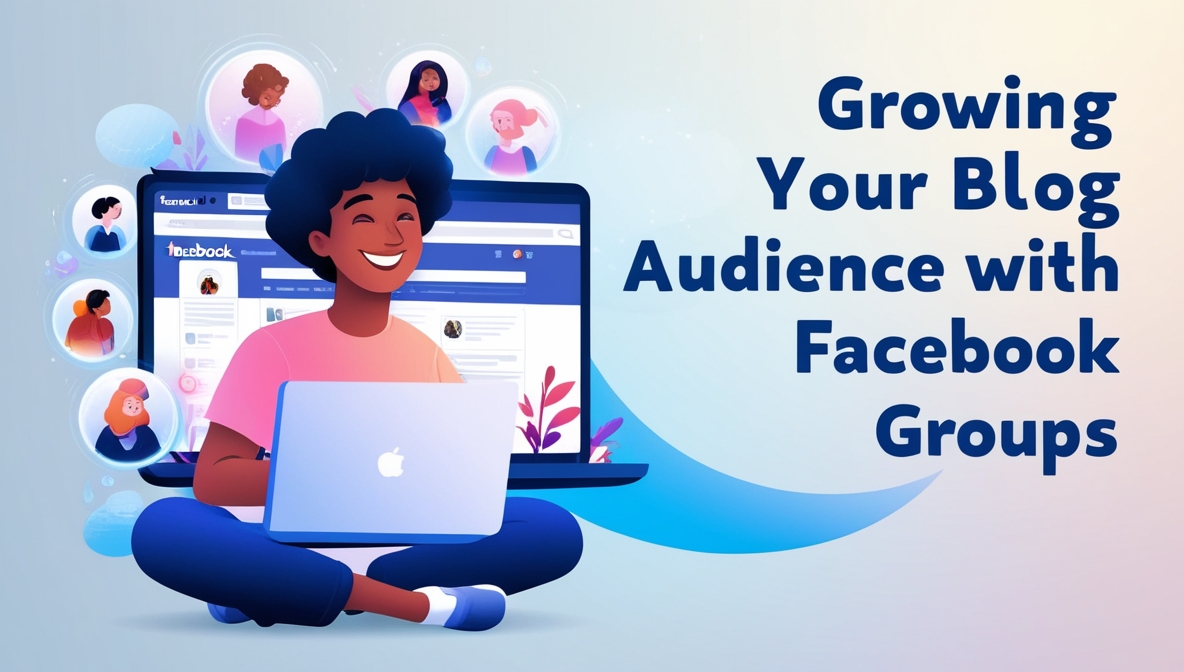

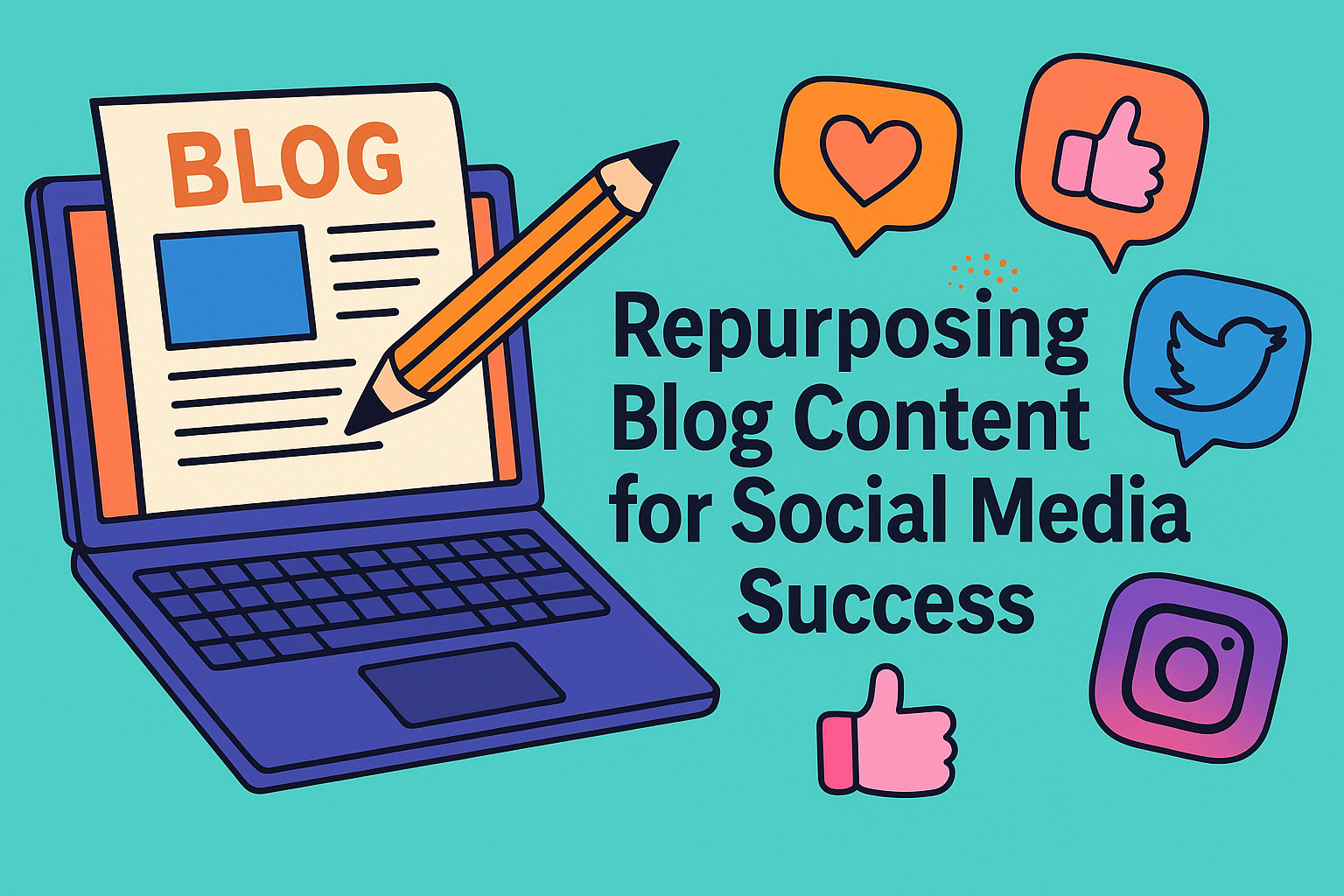
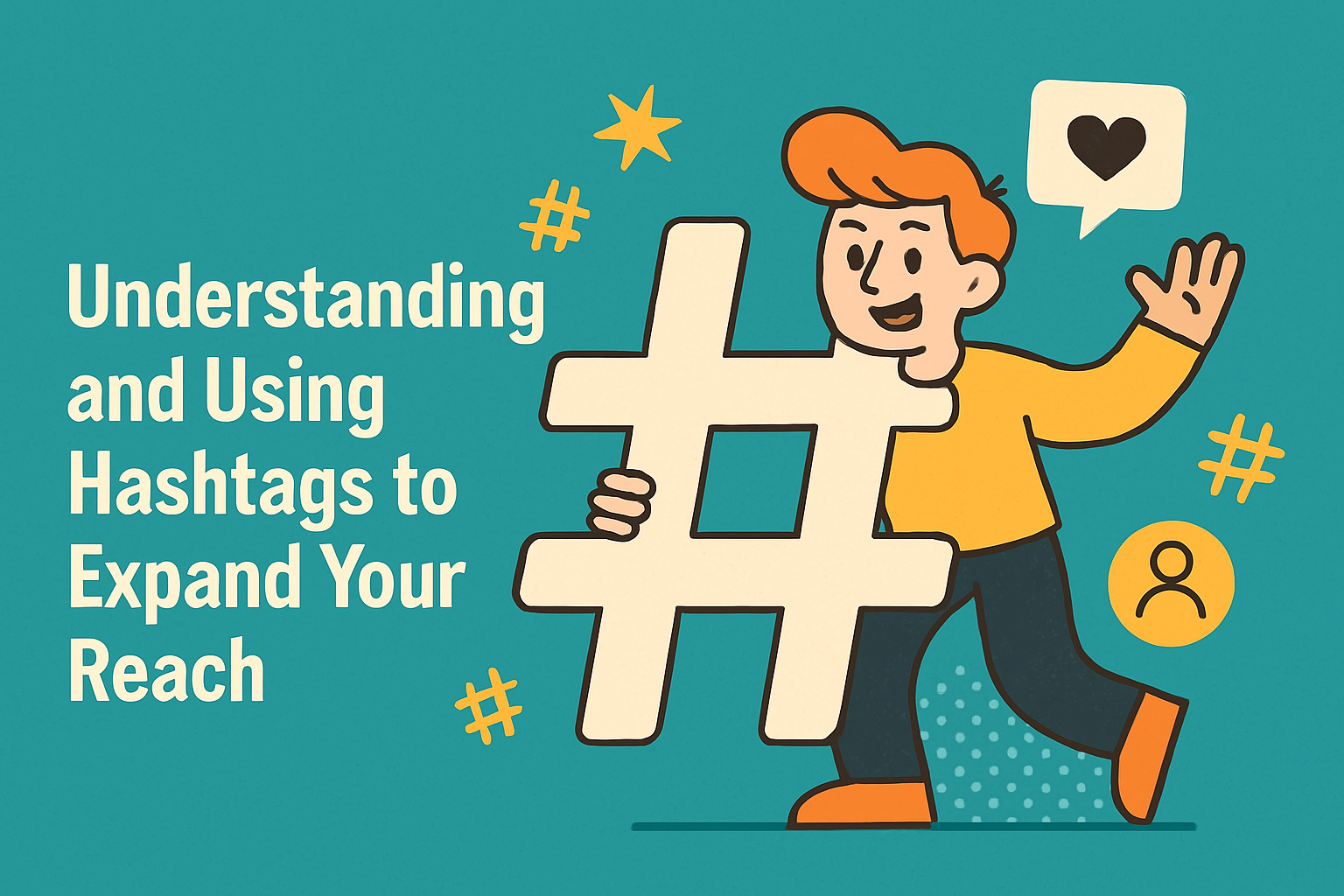


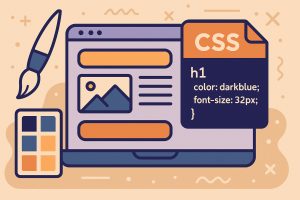
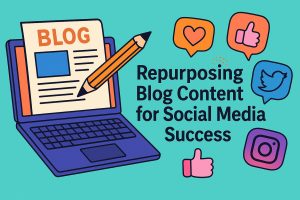
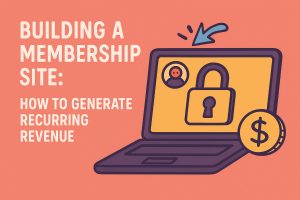

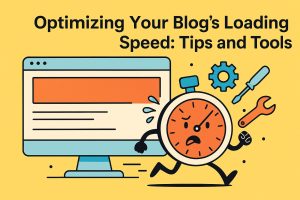

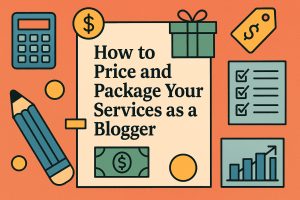
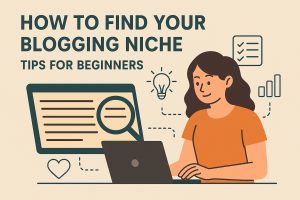
Post Comment